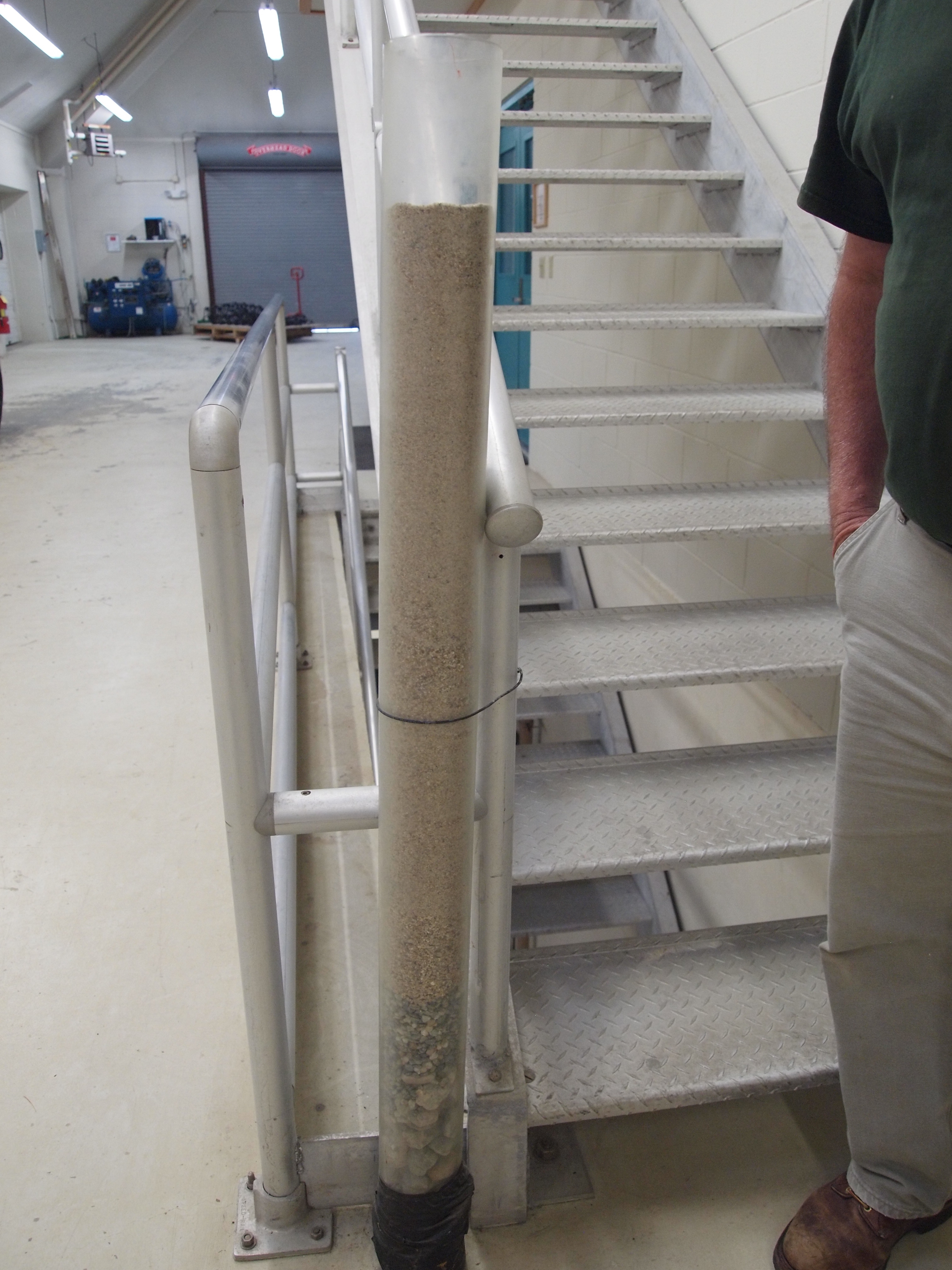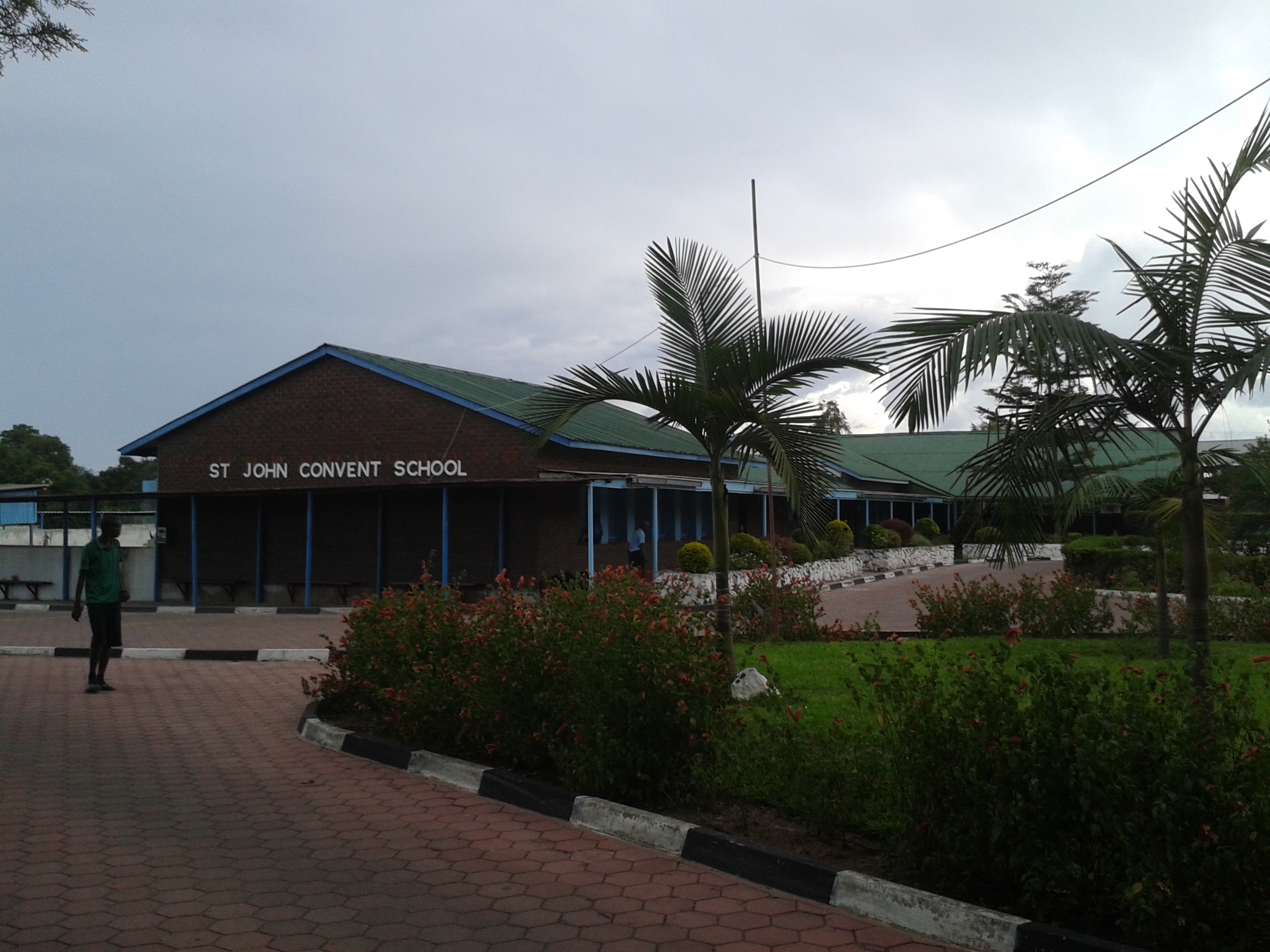|
Safe Water System
The Safe Water System (SWS) is a series of inexpensive technologies that can be applied as water quality interventions in developing countries. It was developed in conjunction by the US Centers for Disease Control and Prevention and the Pan American Health Organization. As of 2014, SWS had been implemented in thirty-five countries. Background As of 2012, 780 million people lack access to an improved water source and 2.5 billion people (half of all people in developing countries) lack access to adequate sanitation. Inadequate water sanitation is a public health hazard, as it is a major source of diarrheal illnesses such as cholera. Diarrheal illnesses are a significant source of mortality for children, killing more children than the combined mortality of measles, malaria, and AIDS. For children under five, diarrheal disease is the second-leading cause of death worldwide. History and methods In 1992, the US Centers for Disease Control and Prevention (CDC) and the Pan American Health ... [...More Info...] [...Related Items...] OR: [Wikipedia] [Google] [Baidu] |
Developing Countries
A developing country is a sovereign state with a lesser developed industrial base and a lower Human Development Index (HDI) relative to other countries. However, this definition is not universally agreed upon. There is also no clear agreement on which countries fit this category. The term low and middle-income country (LMIC) is often used interchangeably but refers only to the economy of the countries. The World Bank classifies the world's economies into four groups, based on gross national income per capita: high, upper-middle, lower-middle, and low income countries. Least developed countries, landlocked developing countries and small island developing states are all sub-groupings of developing countries. Countries on the other end of the spectrum are usually referred to as high-income countries or developed countries. There are controversies over this term's use, which some feel it perpetuates an outdated concept of "us" and "them". In 2015, the World Bank declared that ... [...More Info...] [...Related Items...] OR: [Wikipedia] [Google] [Baidu] |
Pilot Experiment
A pilot study, pilot project, pilot test, or pilot experiment is a small-scale preliminary study conducted to evaluate feasibility, duration, cost, adverse events, and improve upon the study design prior to performance of a full-scale research project. Implementation Pilot experiments are frequently carried out before large-scale quantitative research, in an attempt to avoid time and money being used on an inadequately designed project. A pilot study is usually carried out on members of the relevant population. A pilot study is used to formulate the design of the full-scale experiment which then can be adjusted. The pilot study is potentially a critical insight to clinical trial design, recruitment and sample size of participants, treatment testing, and statistical analysis to improve the power of testing the hypothesis of the study. Analysis from the pilot experiment can be added to the full-scale (and more expensive) experiment to improve the chances of a clear outcome. Applic ... [...More Info...] [...Related Items...] OR: [Wikipedia] [Google] [Baidu] |
Water Treatment
Water treatment is any process that improves the Water quality, quality of water to make it appropriate for a specific end-use. The end use may be drinking water, drinking, industrial water supply, irrigation, river flow maintenance, water recreation or many other uses, including being safely returned to the environment. Water treatment removes contaminants and undesirable components, or reduces their concentration so that the water becomes fit for its desired end-use. This treatment is crucial to human health and allows humans to benefit from both drinking and irrigation use. Water is the most crucial compound for life on Earth, and having drinkable water is a key worldwide concern for the twenty-first century. All living things require clean, uncontaminated water as a basic requirement. Water covers more than 71 percent of the earth’s surface, but only around 1% of it is drinkable according to international standards due to various Contamination, contaminations . Waste water ... [...More Info...] [...Related Items...] OR: [Wikipedia] [Google] [Baidu] |
Drinking Water
Drinking water is water that is used in drink or food preparation; potable water is water that is safe to be used as drinking water. The amount of drinking water required to maintain good health varies, and depends on physical activity level, age, health-related issues, and environmental conditions. This 2004 article focuses on the USA context and uses data collected from the US military. Recent work showed that the most important driver of water turnover which is closely linked to water requirements is energy expenditure. For those who work in a hot climate, up to a day may be required. Typically in developed countries, tap water meets drinking water quality standards, even though only a small proportion is actually consumed or used in food preparation. Other typical uses for tap water include washing, toilets, and irrigation. Greywater may also be used for toilets or irrigation. Its use for irrigation however may be associated with risks. Water may also be unacceptable due to ... [...More Info...] [...Related Items...] OR: [Wikipedia] [Google] [Baidu] |
Slow Sand Filter
Slow sand filters are used in water purification for treating raw water to produce a potable product. They are typically deep, can be rectangular or cylindrical in cross section and are used primarily to treat surface water. The length and breadth of the tanks are determined by the flow rate desired by the filters, which typically have a loading rate of per square metre per hour. Slow sand filters differ from all other filters used to treat drinking water in that they work by using a complex biological film that grows naturally on the surface of the sand. The sand itself does not perform any filtration function but simply acts as a substrate, unlike its counterparts for ultraviolet and pressurized treatments. Although they are often preferred technology in many developing countries because of their low energy requirements and robust performance, they are also used to treat water in some developed countries, such as the UK, where they are used to treat water supplied to London ... [...More Info...] [...Related Items...] OR: [Wikipedia] [Google] [Baidu] |
Ceramic Water Filter
Ceramic water filters (CWF) are an inexpensive and effective type of water filter that rely on the small pore size of ceramic material to filter dirt, debris, and bacteria out of water. This makes them ideal for use in developing countries, and portable ceramic filters are commonly used in backpacking. Method of action Similar to other methods of filtering water, the filter removes particles larger than the size of the pores in the filter material. Typically bacteria, protozoa, and microbial cysts are removed. However, filters are typically not effective against viruses since they are small enough to pass through to the "clean" side of the filter. Ceramic water filters (CWF) may be treated with silver in a form that will not leach away. The silver helps to kill or incapacitate bacteria and prevent the growth of mold and algae in the body of the filter. Ceramic filtration does not remove chemical contaminants, ''per se''. However, some manufacturers (especially of ceramic candle ... [...More Info...] [...Related Items...] OR: [Wikipedia] [Google] [Baidu] |
Solar Water Disinfection
Solar water disinfection, in short SODIS, is a type of portable water purification that uses solar energy to make biologically-contaminated (e.g. bacteria, viruses, protozoa and worms) water safe to drink. Water contaminated with non-biological agents such as toxic chemicals or heavy metals require additional steps to make the water safe to drink. Solar water disinfection is usually accomplished using some mix of electricity generated by photovoltaics panels (solar PV), heat (solar thermal), and solar ultraviolet light collection. Solar disinfection using the effects of electricity generated by photovoltaics typically uses an electric current to deliver electrolytic processes which disinfect water, for example by generating oxidative free radicals which kill pathogens by damaging their chemical structure. A second approach uses stored solar electricity from a battery, and operates at night or at low light levels to power an ultraviolet lamp to perform secondary solar ultraviolet w ... [...More Info...] [...Related Items...] OR: [Wikipedia] [Google] [Baidu] |
Disinfectant
A disinfectant is a chemical substance or compound used to inactivate or destroy microorganisms on inert surfaces. Disinfection does not necessarily kill all microorganisms, especially resistant bacterial spores; it is less effective than sterilization, which is an extreme physical or chemical process that kills all types of life. Disinfectants are generally distinguished from other antimicrobial agents such as antibiotics, which destroy microorganisms within the body, and antiseptics, which destroy microorganisms on living tissue. Disinfectants are also different from biocides—the latter are intended to destroy all forms of life, not just microorganisms. Disinfectants work by destroying the cell wall of microbes or interfering with their metabolism. It is also a form of decontamination, and can be defined as the process whereby physical or chemical methods are used to reduce the amount of pathogenic microorganisms on a surface. Disinfectants can also be used to destroy m ... [...More Info...] [...Related Items...] OR: [Wikipedia] [Google] [Baidu] |
United States Agency For International Development
The United States Agency for International Development (USAID) is an independent agency of the U.S. federal government that is primarily responsible for administering civilian foreign aid and development assistance. With a budget of over $27 billion, USAID is one of the largest official aid agencies in the world and accounts for more than half of all U.S. foreign assistance—the highest in the world in absolute dollar terms. Congress passed the Foreign Assistance Act on September 4, 1961, which reorganized U.S. foreign assistance programs and mandated the creation of an agency to administer economic aid. USAID was subsequently established by the executive order of President John F. Kennedy, who sought to unite several existing foreign assistance organizations and programs under one agency. USAID became the first U.S. foreign assistance organization whose primary focus was long-term socioeconomic development. USAID's programs are authorized by Congress in the Foreign Assistanc ... [...More Info...] [...Related Items...] OR: [Wikipedia] [Google] [Baidu] |
Control Group
In the design of experiments, hypotheses are applied to experimental units in a treatment group. In comparative experiments, members of a control group receive a standard treatment, a placebo, or no treatment at all. There may be more than one treatment group, more than one control group, or both. A placebo control group can be used to support a double-blind study, in which some subjects are given an ineffective treatment (in medical studies typically a sugar pill) to minimize differences in the experiences of subjects in the different groups; this is done in a way that ensures no participant in the experiment (subject or experimenter) knows to which group each subject belongs. In such cases, a third, non-treatment control group can be used to measure the placebo effect directly, as the difference between the responses of placebo subjects and untreated subjects, perhaps paired by age group or other factors (such as being twins). For the conclusions drawn from the results of an e ... [...More Info...] [...Related Items...] OR: [Wikipedia] [Google] [Baidu] |
Kitwe
Kitwe is the third largest city in terms of infrastructure development (after Lusaka and Ndola) and second largest city in terms of size and population (after Lusaka) in Zambia. With a population of 517,543 (''2010 census provisional'') Kitwe is one of the most developed commercial and industrial areas in the nation, alongside Ndola and Lusaka. It has a complex of mines on its north-western and western edges.Google Earth accessed 2007. Kitwe is located in the and is made up of s and |






